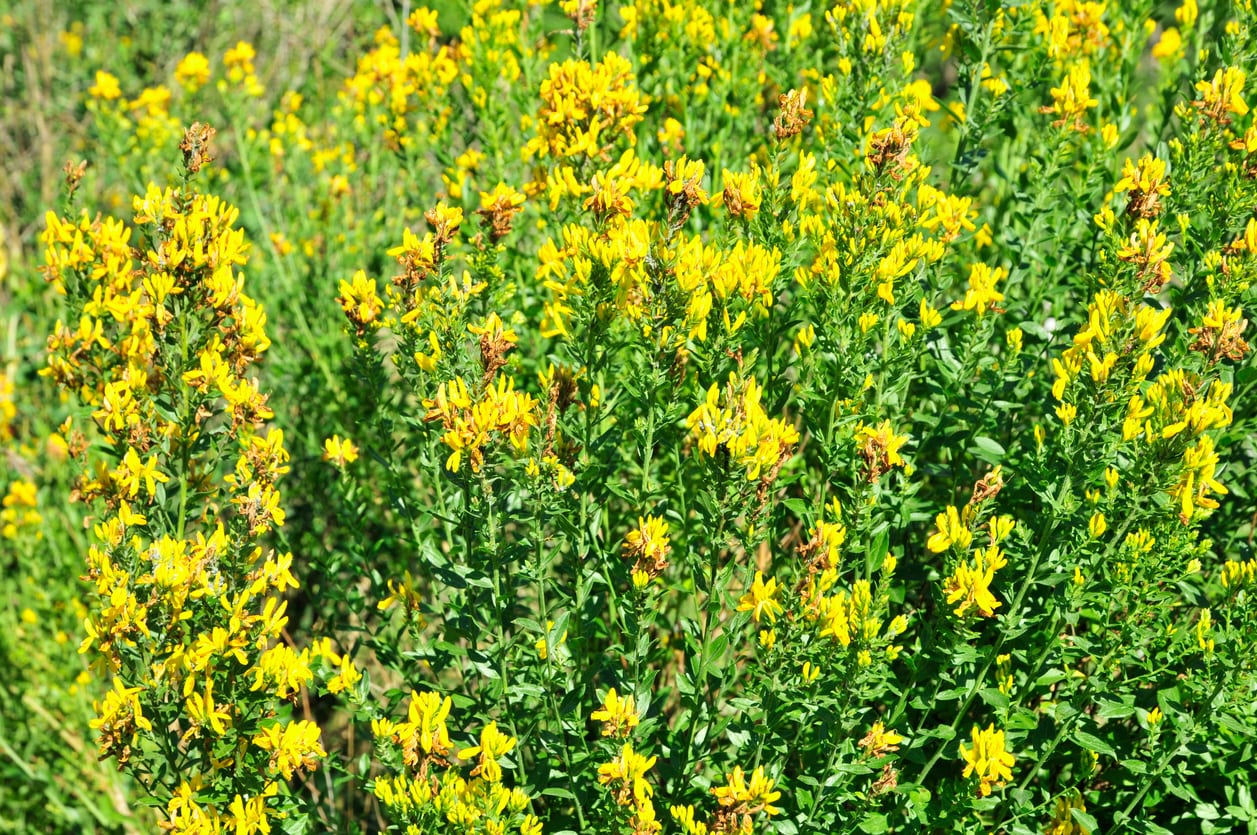Is Woad A Weed – How To Kill Woad Plants In Your Garden


Without woad plants, the deep indigo blue of ancient history would not have been possible. Who knows who discovered the plant's coloring properties but it is now known as dyer's woad. It is rarely used as a dye in the modern textile industry, but woad is now naturalized in much of North America, although it is native to Europe. Is woad a weed? That depends upon your definition of a weed. If you need help getting rid of woad, then this article may help.
Tips on Woad Control
We all seem to have a different notion of what is a weed. Personally, I feel a plant is a weed if it is invasive, choking out other plants or in the wrong location. Other gardeners may feel differently. For instance, a plant may be a weed if it is ugly, too big, or even has a bad odor. Woad grows wild in roadsides, ditches, pastures, fields, forest edges, and almost any other open space. It is a very competitive plant that can colonize rapidly. In cultivated landscapes, controlling dyer's woad is important or the plant may gradually take over. If you have decided woad is a weed, it is time to do something about it. Woad propagates itself though seed. An average plant produces 500 seeds (although some can exceed 1,000 seeds), which will disperse in a wide radius, establishing new colonies quickly. In warm to temperate regions, the plant is a short-lived perennial and can reproduce several times before finally dying back. Manual woad control is difficult due to the plant's deep taproot. The thick root can grow up to 5 feet (1.5 m.) deep, so controlling dyer's woad by digging can be difficult.
How to Kill Woad That is Out of Control
Hand pulling can diminish the root's strength, although the tough plant will usually return. Seed is dispersed by wind, water, animals, and machines. Cutting off the blooms before they turn to seed will minimize the spread of woad. Sowing weed-free seed and feeding livestock with weed-free hay can also help reduce the impact of the plant. In some situations, repeated tilling of an area is an effective way of getting rid of woad. Equipment and tool sanitation after use in a field contaminated with woad also reduces the spread of the plant. A rust fungus, Puccinia thlaspeos, will cause leaf distortion, stunting, and chlorosis, which diminishes woad's vitality and can eventually control the plant. Chemicals are a step of last resort, especially in food crops. There are several listed chemicals that are effective against woad plants. These need to be applied when seedlings are young for best control. Remember to follow all instructions when using chemicals and apply sprays when wind is calm and never near plants that can be harmed by the formula. Most state extension services will have guidelines on what and how to use herbicide chemicals safely for both the applier and the environment.
Sign up for the Gardening Know How newsletter today and receive a free copy of our e-book "How to Grow Delicious Tomatoes".

Bonnie Grant is a professional landscaper with a Certification in Urban Gardening. She has been gardening and writing for 15 years. A former professional chef, she has a passion for edible landscaping.